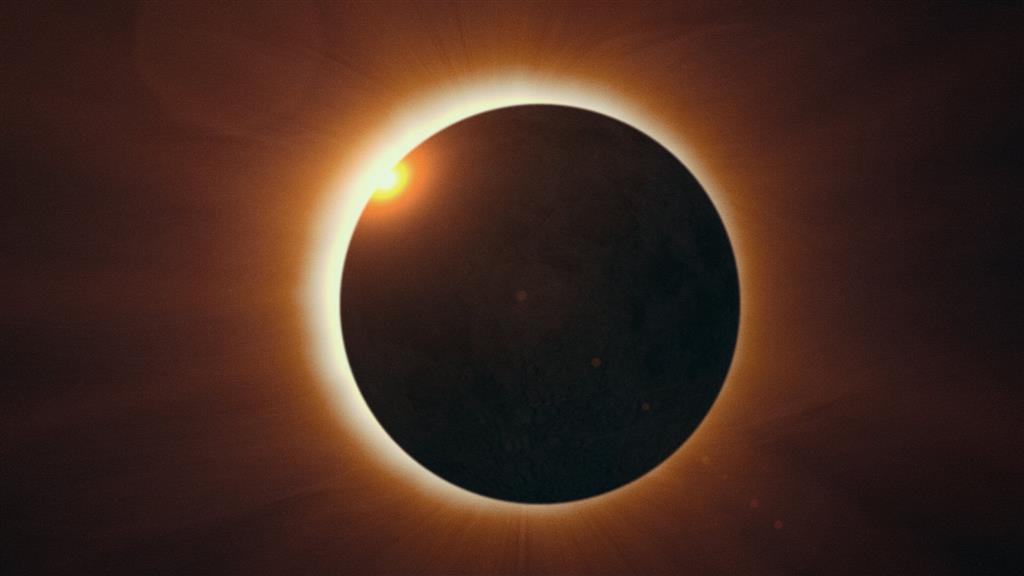The beginning of autumn in the northern hemisphere, which started with the September equinox on September 22 and 23, 2024, is defined by the moment when the Earth passes through the point in its orbit from which the center of the Sun crosses the celestial equator in its apparent southward motion.
On the day when this happens, the length of day and night practically coincide, and this is also called the autumnal equinox.
At the beginning of autumn, the sky after sunset will have Venus and Saturn as the only visible planets. Mercury will make a brief appearance only for a few weeks during November and Jupiter will appear in the sky in the east from the end of November.
Sunrises, on the other hand, will be preceded by Mars and Jupiter throughout the season. At the end of the autumn, Mercury will become visible.
During the autumn of 2024, one annular solar eclipse will occur on October 2 and will be visible in the Pacific and South America.
Other phenomena will be the Draconid meteor showers, whose maximum is expected around October 8; the Orionids, with a maximum around October 21; the Leonids, with a maximum around November 17; and the Geminids, with a maximum around December 14.
jrr/iff/mem/alb









